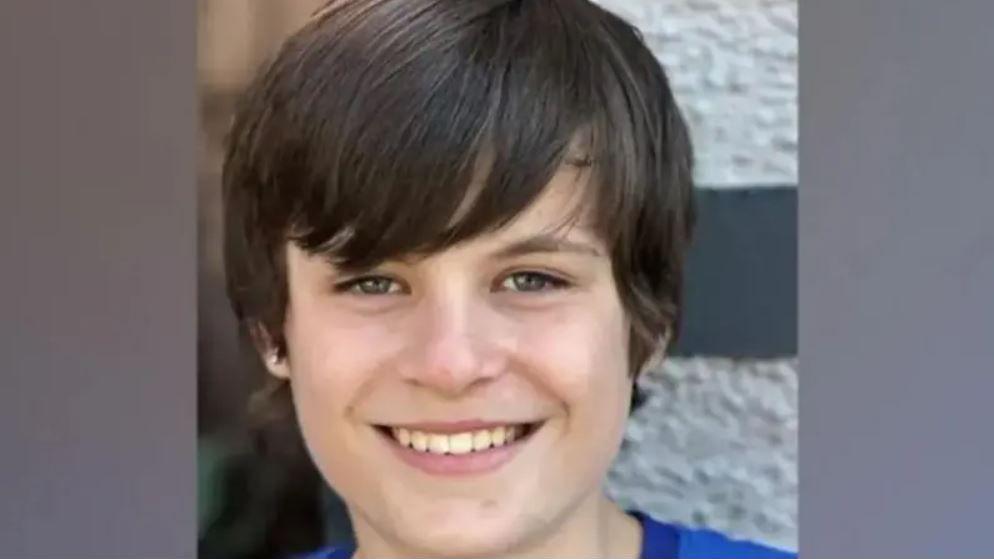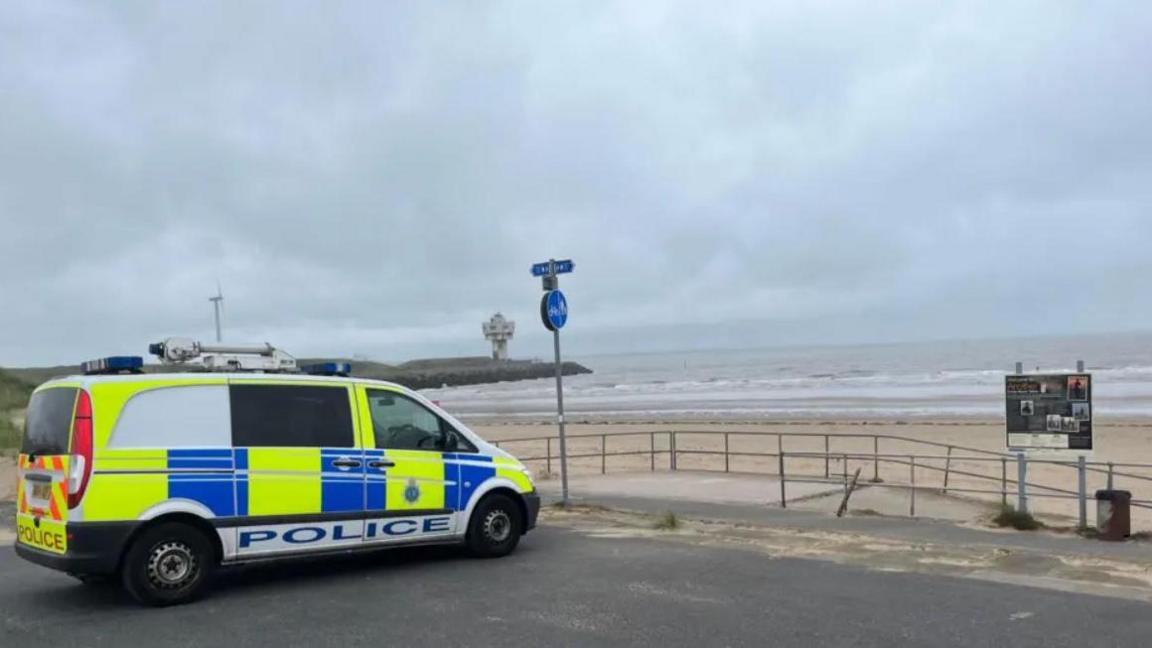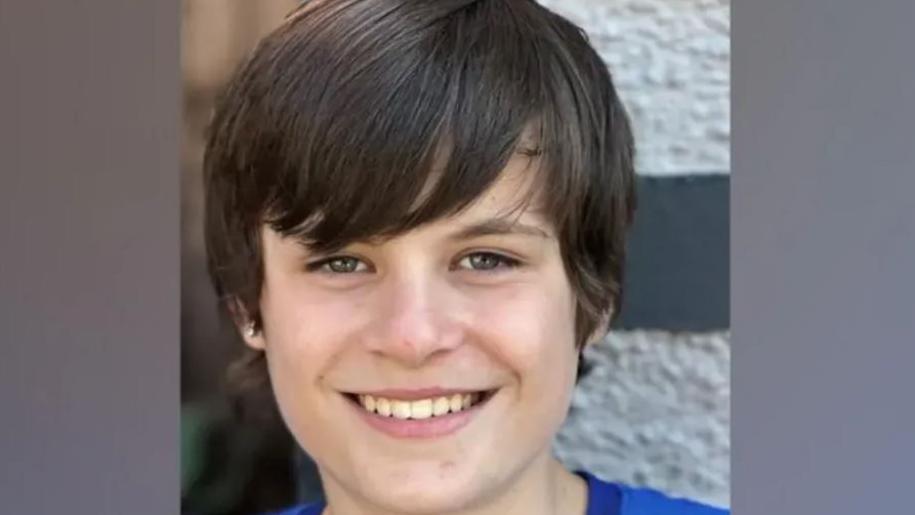Teen drowned after being swept out to sea - inquest

Daniel Halliday's body was discovered off the coast at New Brighton on 8 July
- Published
A teenager drowned after he was swept out to sea while jumping waves with friends on a beach, an inquest has heard.
Daniel Halliday, 14, was with two others at Crosby Beach in Sefton, Merseyside, when he was swept out to sea on 30 June last year, Bootle Town Hall heard.
The body of the teenager, from Tuebrook, Liverpool, was discovered by an RNLI crew off the coast at New Brighton, Wirral, on 8 July.
Senior coroner Julie Goulding ruled his death, from drowning, was an accident.
She said: "Tragically, the catastrophic accident unfolded when three young people were out having fun together and enjoying themselves."
One of the youngsters with Daniel on the day said they were jumping waves, taking photos and having a "really good time" at the beach.
In a statement read to the court, the boy, who cannot be named for legal reasons, said the waves seemed to get bigger and their other friend was struggling so he got out of the water with her and shouted to Daniel to get on his back.
He said he threw a life-ring to Daniel but the rope was not long enough to reach him.
He said: "I was screaming and shouting because I was getting nowhere."
The boy added: "There was no lifeguard or coastguard during our time on the beach and no one told us not to go into the water.
"At no point did we know the water at Crosby Beach was dangerous to enter."
Det Insp Paul McVeigh told the inquest CCTV showed three youngsters swimming in the sea just after 18:30 BST before one of them was swept away.
He said: "Daniel can be seen disappearing off camera towards Liverpool with his head still above the water."
Lifeboats, the police helicopter, the coastguard and fire and ambulance crews were involved in the search for the teenager.
The beach is the only one in the country which is staffed by a lifeguard every day of the year, the inquest heard.
But they were on the beach from 10:00 until 18:00 so were not there when Daniel got into difficulty.
Michael Buratti, area commander for HM Coastguard, said Crosby was a "relatively dangerous beach" because areas could be cut off by tides, there was sinking mud and it was close to a busy shipping channel in and out of the River Mersey which could create waves.

Daniel and his friends had been having fun on Crosby Beach when the "catastrophic accident unfolded", said senior coroner Julie Goulding
Michelle Williams, from Sefton Council, said the authority had not put the life ring used to try to rescue Daniel in place, but that it was likely to have been put there by a "well meaning member of the public".
The inquest heard it would not have been effective for rescuing someone.
Ms Williams said there were 35 signs along the 2.1-mile (3.4-km) stretch of beach advising it was not a bathing beach and warning of the dangers.
Daniel's family told the inquest signs had faded when they visited the area.
His mother Paula Heaton said: "They were all dull and all washed out, they're not going to attract a child's eye."
The coroner said it was a "positive step" that there were plans by the council to put more, larger signs in place.
Get in touch
Tell us which stories we should cover on Merseyside
Listen to the best of BBC Radio Merseyside on Sounds and follow BBC Merseyside on Facebook, external, X, external, and Instagram, external. You can also send story ideas via Whatsapp to 0808 100 2230.
Related topics
- Published13 July 2024
